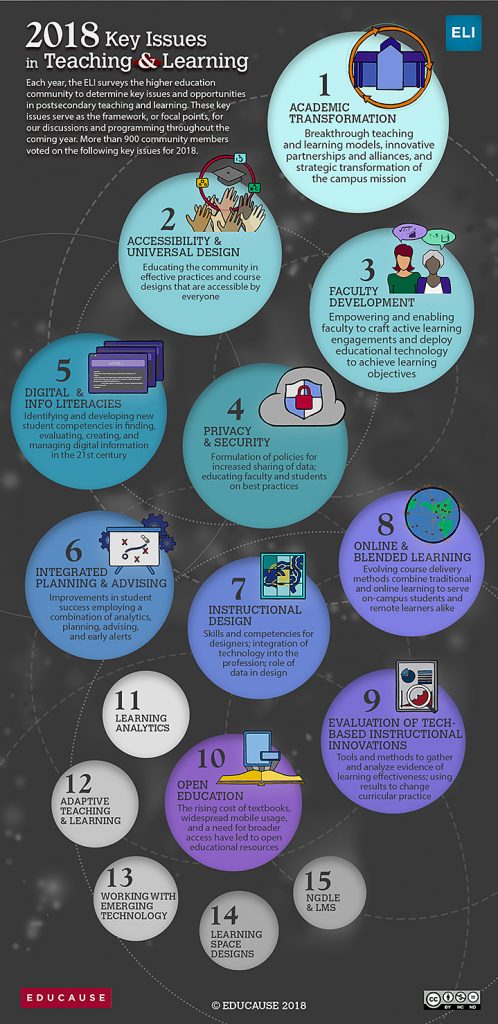Per Catie Chase from BestColleges.com:
As you know, online education is rapidly expanding. At BestColleges.com we believe it’s important to evaluate the latest trends in distance education and measure the impact to both students and academic institutions. This is an industry that evolves quickly and these results offer relevant, current insights we are excited to learn from and share with the online learning community.
To keep up with these trends, we surveyed 1,800 online students and university administrators and published two reports based on our findings:
- 2018 Online Education Trends Report – Synthesizing all of the data we gathered in our study, this academic report provides a holistic look at the current state of online education and offers predictions for where it’s headed.
- The Student’s Guide to Online Education – Most students we spoke with wished they’d known more about online education and how to choose a quality online program prior to enrolling. We built this guide as a launching point for prospective students to gain that knowledge and make informed decisions on their education.
In an effort to develop a broader understanding of how common perceptions of online education are changing, we added several questions for both students and school administrators to the study this year. A majority of students (79%) felt that online learning is either “better than” or “equal to” on-campus learning. They felt their employers (61%), future employers (61%), and the general public (58%) also had a similarly positive perception of online learning.
From DSC:
It is highly likely that in the very near future, the question won’t even be asked anymore what employers think of online-based learning and whether they will hire someone that’s taken a significant portion of their coursework online. They won’t have a choice. This is especially true if and when more advanced technologies and capabilities get further baked into online-based learning — i.e., truly personalized/customized learning (which most faculty members — including myself — and teachers can’t deliver), virtual reality, artificial intelligence, chatbots, personal digital assistants, Natural Language Processing (NLP), and more.
The better question could become:
To what extent will campus-based learning be impacted when truly personalized/customized learning is offered via online-based means?
My guess? There will continue to be a significant amount of people who want to learn in a physical campus-based setting — and that’s great! But the growth of online learning will grow even more (a lot more) if truly personalized learning occurs via online-based means.
99% of administrators found that demand for online education has increased or stayed the same over the past few years. Almost 40% of respondents plan to increase their online program budgets in the next year.
This year, 34% of schools reported that their online students are younger than in previous years, falling into the “traditional” college age range of 18-25, and even younger as high school students take college courses before graduating. Several schools noted that recent high school graduates are entering the workforce while also pursuing a college education.









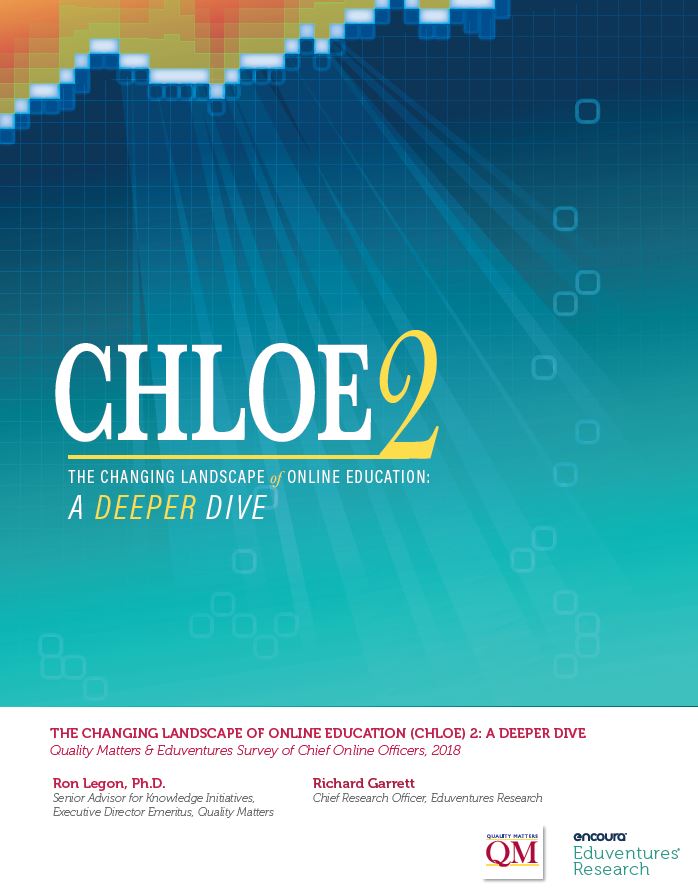
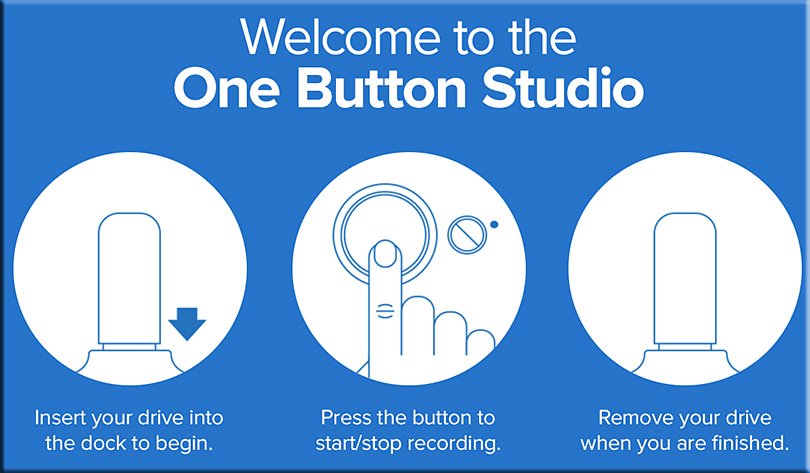

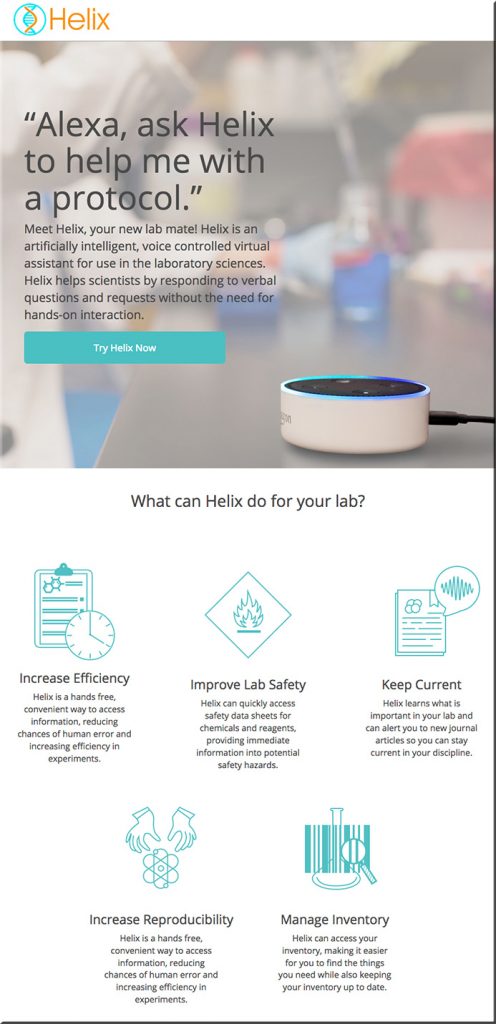
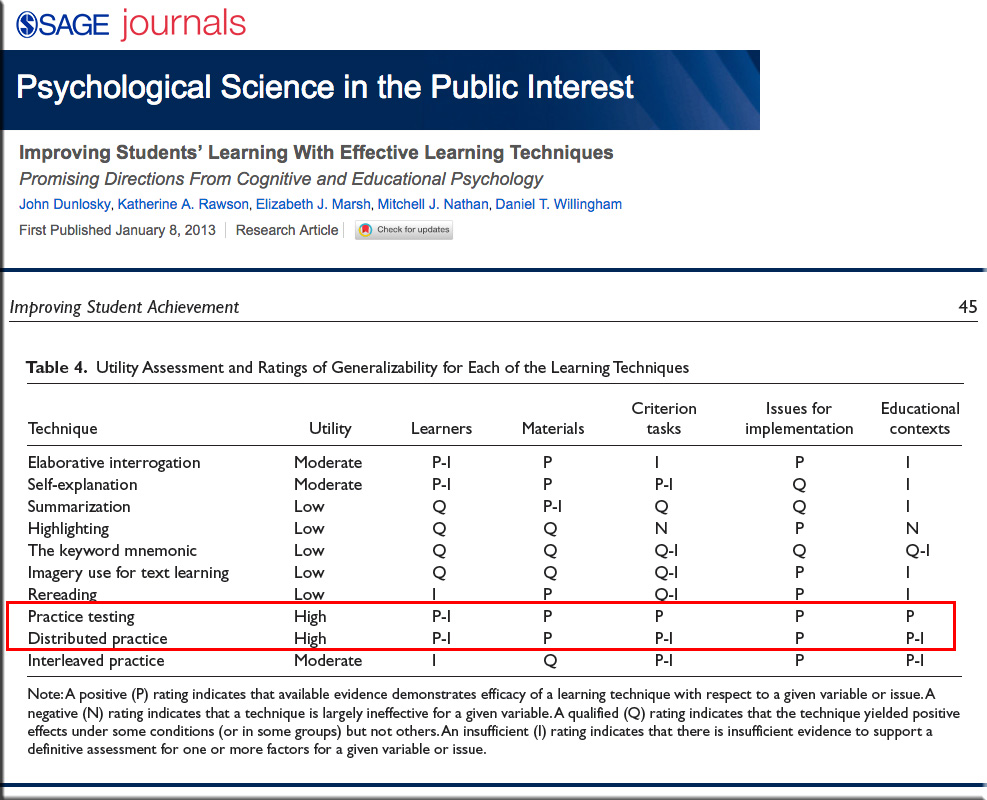
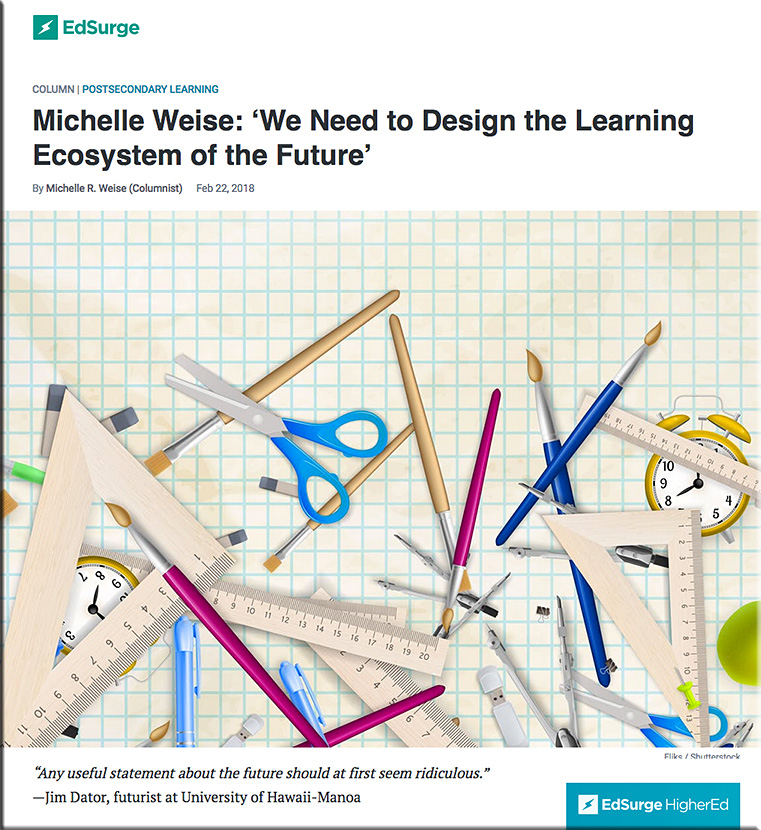
![The Living [Class] Room -- by Daniel Christian -- July 2012 -- a second device used in conjunction with a Smart/Connected TV](http://danielschristian.com/learning-ecosystems/wp-content/uploads/2012/07/The-Living-Class-Room-Daniel-S-Christian-July-2012.jpg)
